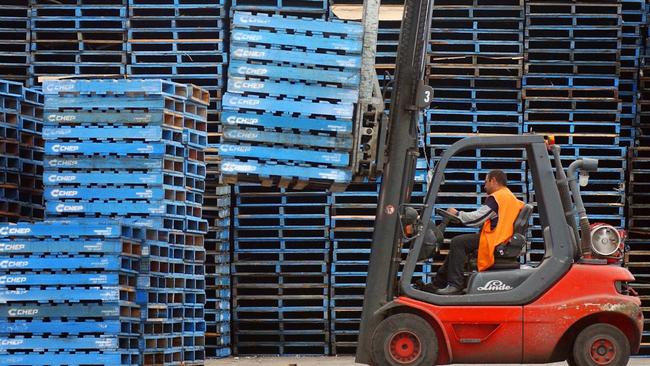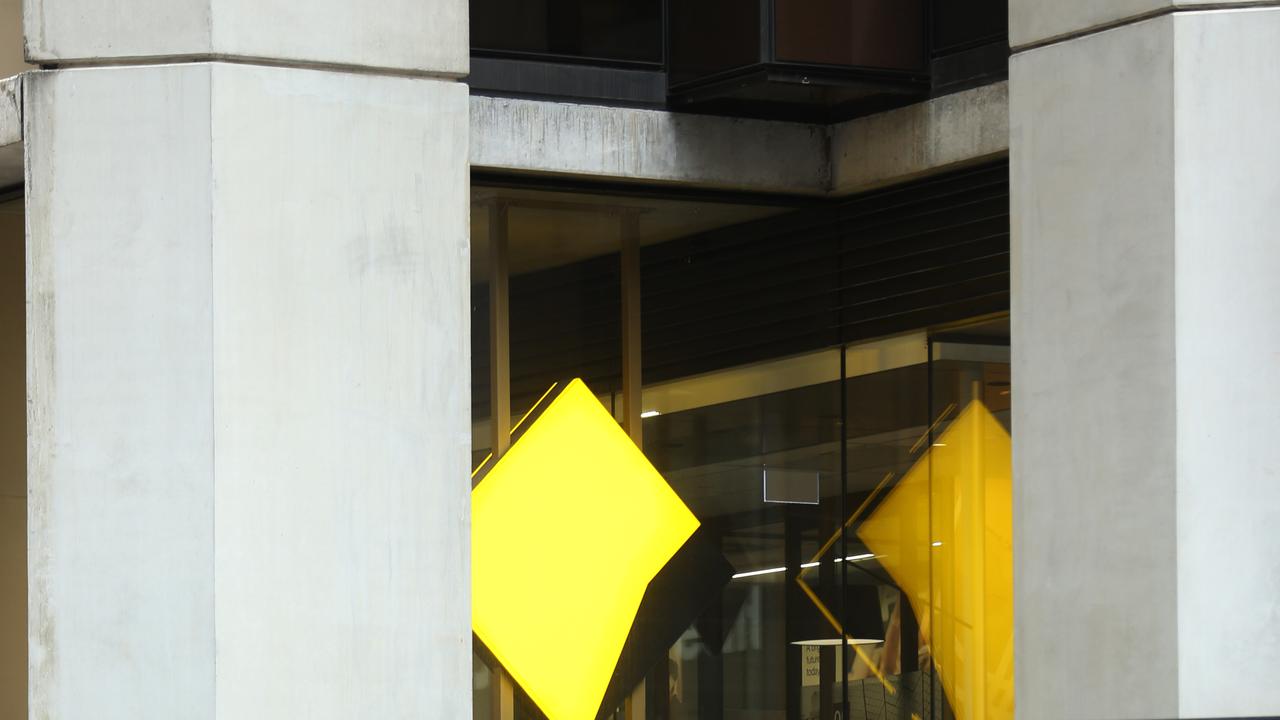Brambles warns geopolitical tensions ‘may exacerbate’ pallet shortage crisis
The warning comes as the global logistics giant throws everything, including legal actions, at overcoming worldwide supply constraints that will continue for at least another year.

Brambles chief executive Graham Chipchase warns European manufacturers and retailers may increase levels of ‘safety inventory’ in response to geopolitical tensions in the region stemming from Russia’s invasion of Ukraine, worsening the pallets shortage crisis.
“The global impact will be related to any increase in the price of oil, with a knock-on effect on the price of fuel,” he said, highlighting that Brambles mitigates these impacts through its surcharge pricing mechanism.
At its investor meeting on Friday, Brambles detailed some of its actions to protect its stock in the midst of “an extraordinary inflationary environment” that is here to stay for at least another year.
Brambles has deployed smart assets, or digitised pallets, into its network in a targeted way to “confirm suspected issues like misuse” in 12 markets, which confirmed its suspicions in relation to “hostile recyclers in the US”.
“We thought our assets were being sold illegally (so) we deployed 400 smart assets and were able to prove our hypothesis with 75 per cent of these smart assets being sold illegally.
“We were therefore able to take action with legal intervention and asset recovery.”
The actions resulted in the equivalent of a $2m savings in capex in the first half, Mr Chipchase said.
Brambles will scale the targeted rollout to 20 markets by June 30, subject to device availability due to semiconductor shortages.
“Additionally, we’re using desktop analytic solutions to identify anomalies and trends in existing data that imply misuse or loss so we can then take action to prevent these issues.”
In Australia, Brambles is buying double the volume of new pallets this year, compared to a usual pre-pandemic year.
Brambles had a pool of 345 million pallets, crates and containers used across 60 countries at the end of June last year, which form the backbone of global supply chains, moving around fast‑moving consumer goods, fresh produce, beverage, retail, machinery and other products.
Brambles says lumber inflation is at “unprecedented levels” driven by both supply and demand challenges, which have impacted repair costs, the capital cost of pallets and the availability of lumber to produce new pallets.
The outlook for higher prices, as Brambles passes costs on, led to the group to upgrade its full year earnings guidance on sales growth to 6-8 per cent and underlying profit to 3-5 per cent.
It followed a 3 per cent jump in first-half profit to $US205m ($286m) and sales revenue increase of 8 per cent to $US2.8bn ($3.9bn).
Underlying profit and operating profit came in at $US481.2m ($671.4m), up 4 per cent at constant currency and including $US24.4m of short-term transformation costs.
Cash flow from operations fell to $US180.5m ($251.7m) as higher earnings and additional pallet compensations were more than offset by increased capex.
The costly digital technology-enabled transformation program was outlined in September in response to an unprecedented shortage of pallets.
“Unlike historic lumber cycles, which have typically been driven by either supply or demand factors, the current inflationary and lumber availability pressure is driven by both supply and demand factors,” chief financial officer Nessa O’Sullivan said.
“On the demand side, we’ve seen housing booms and DIY increases while supply has been impacted by global shipping, and transport bottlenecks, capacity constraints across sawmills and other inefficiencies due to scarcity of raw materials and labour shortages.”
The problem has been made worse by retailers and manufacturers holding increased safety stock of goods on pallets in warehouse and of empty pallets to ensure stocks on shelves.
As reported in December, brewers Lion and Carlton & United Breweries rationed beer stock in the midst of peak season due to supply issues, including a shortage of timber pallets to transport their products.
“These supply and demand pressures have impacted both the cost and availability of lumber and pallets,” she said.
“And while lumber inflation impacts repair cost, the biggest impact is on capex investment with the lumber representing over 80 per cent of the cost of a new pallet with $270m added to the first half capex due to lumber inflation,” Ms O’Sullivan said.

Mr Chipchase said Brambles was responding by working with retailers, manufacturers and others in the supply chain to improve pallet flow and availability.
Demand management initiatives, increased pallet purchases, advanced data analytic tools and enhanced asset recovery processes are being used to increase pallet collections and returns.
“We expect pallet availability will remain challenging for the rest of the financial year and into the first half of FY23 and we will continue to increase pallet purchases and work with our customers in all regions to service demand,” he said.
“Although we expect ongoing lumber inflation and global supply chain disruptions to impact our free cash flow into FY23, our work to transform is strengthening our business and unlocking value for shareholders and customers.”
The guidance on full year free cash flow after dividends has been revised to a net outflow of $US350m ($488m) due to the impact of increased lumber inflation on pallet prices.
Brambles will pay a higher interim dividend of US10.75c (converted and paid as 15.06c), up from US10c in the prior corresponding period, on April 14.
A $2.4bn share buyback program will recommence on February 28 and is expected to complete by June end.
Shares in Brambles are trading 1.4 per cent lower at $9.75 at 3.15pm AEDT.



